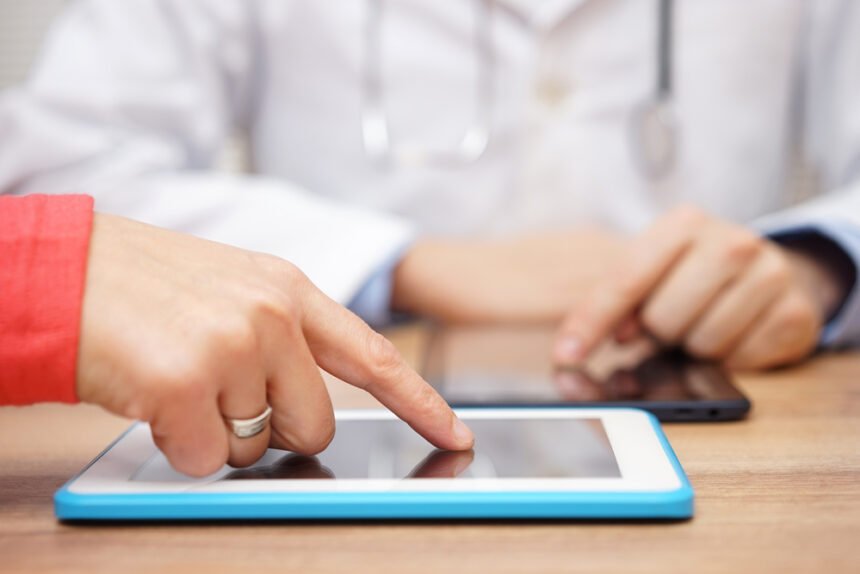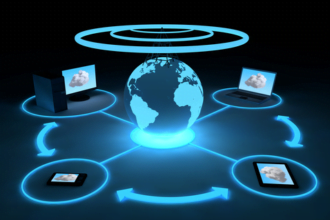Interoperability is the ability to share information between systems and applications and vice versa. This basically means that not only can you read or understand any piece of information shared with you, but you also know why this information has been shared with you.
Technical Interoperability
First, there’s a technical level of interoperability. This can be the ability to share information with you using electrons, ethernet, or fiber net. There is also a synthetic level of interoperability, which is the ability for you to actually read and understand information which is shared with you. A message protocol is a classic example of synthetic interoperability.
Semantic Interoperability
Most systems engineers and most system applications stop here, assuming that because you can read it, you’re going to understand it. There are actually additional levels of interoperability, and the next level is semantic interoperability. Semantics helps the sender of the message to enable you to not only read it but also understand it. So, if you get a message like “Hey, I’m going to be there in 5 minutes – the question is “Who am ‘I’ and where is “there” and how do you define “there”? Is “there” in meters or feet, is it relative to where you are, or is it an absolute position? These things deal with the semantic understanding of information.
Interoperability is important because it eliminates the need for written notes and discussions through “word-of-mouth”. All information goes directly into the system which is accessible to all stakeholders, thereby significantly improving productivity and reducing the probability of human error to a large extent.
Why Is Interoperability Important in Healthcare?
According to a study, 30% of healthcare spending is wasted on costly and ineffective care as patients switch between hospitals, doctors, and different health systems. Quite often, this is because their patient data isn’t following them. Many electronic health record platforms don’t work well with other systems, as they lack interoperability across platforms and patient information access devices.
Medical terminologies are not standardized and a lot of information we need involves a narrative, a patient story. It is important to work across different data sources to get a complete view of the patient’s treatment history and ensure that the data flows freely between systems. Lack of interoperability between devices ensures that the healthcare system loses billions of dollars every year worldwide.
Big data holds big promise and potential for effective patient treatment and care. Enabling true interoperability is the primary technical obstacle to fulfilling this promise. Investments in the patient data have been considerable, with the objective of conducting better patient research.
Healthcare providers and researchers remain restrained to the full data sources they can actually access, often relying on their own data. But the real problem does not lie in data, or tools or investments, it lies in the gaping hole of unfulfilled interoperability.
In today’s time, healthcare has become more complex and patient care is coordinated by multiple teams. A single patient may see a general physician, multiple specialists, and several nurses, all in a matter of hours. Not only does every member of the care team rely on others to discuss the treatment plans, but each also relies on the sharing of important information related to patient’s health. This includes events like admissions and discharges, new test results and patient’s information contained in the electronic health record. This allows care teams to use the most effective tools to support their workflow regardless of the source of data.
Let’s take a look at a more detailed example in radiology. In most hospitals today, there’s often a disconnect between the supervising physician and the radiologist when it’s time to discuss the results. Through the interoperability platform, the radiologist dictates their findings, and the platform automatically recognizes the urgency of the findings. The results are sent securely to the supervising physician’s preferred device, and to other team members if needed. The results include detailed patient findings, all delivered safely and securely. The recipient can then acknowledge the message and that acknowledgment can put it back into the patient’s record.
Interoperability between a radiology system and technology platform means the supervising physician can receive and act on the results quickly in a secure and automated workflow. This test result scenario is one example of how interoperability helps in healthcare and gives a positive impact on care team efficiency and patient care, as all of these data sources can share the information throughout the hospital.








